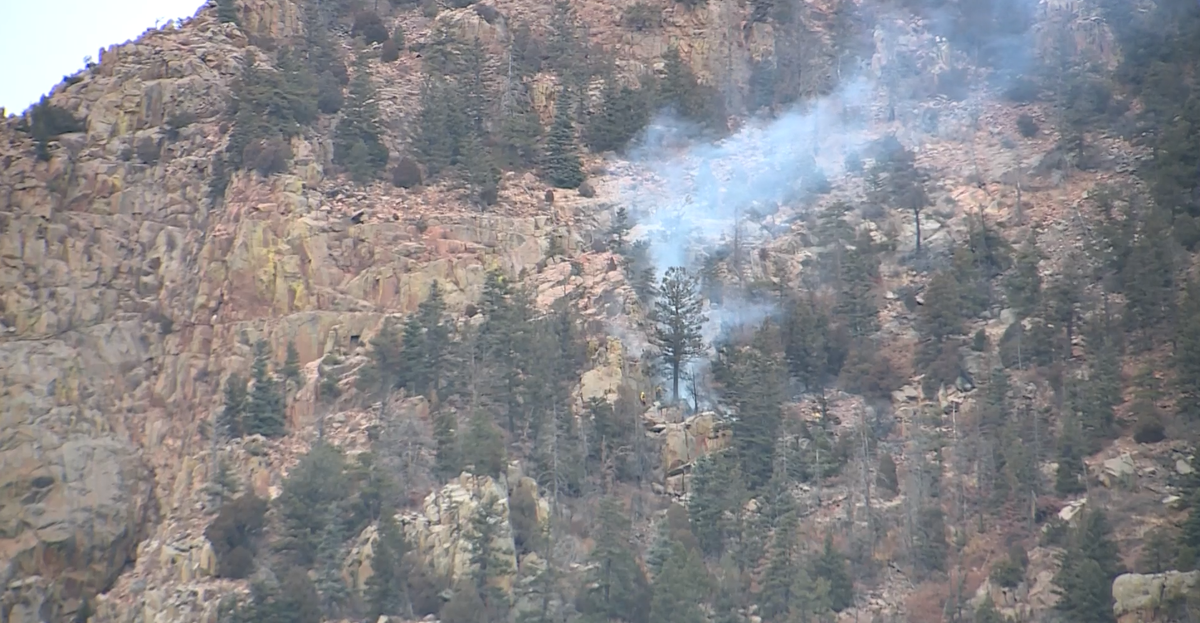Firefighters provide tips on protecting your home from wildfires

PUEBLO, Colo. (KRDO) -- Colorado isn't a stranger to wildfires, local crews work around the year to help residents prepare and possibly prevent the unthinkable.
In Colorado Springs, the fire department has held town hall meetings to educate residents on fire danger in their specific communities.
Monday, the Pueblo Fire Department shared information from Firewise USA reminding Southern Colorado residents that there are ways to make your home safer in the event of a wildfire.
Vegetation Management
- Home Ignition Zones: Choose fire-resistant building materials and limit the amount of flammable vegetation in the three-home ignition zones including: Immediate Zone (0-5 feet around the home), Intermediate Zone (5-30 feet around the home), and Extended Zone (30-100 feet around the home).
Landscaping and Maintenance
- Trim tree branches that overhang the home, porch, and deck. Make sure to prune branches that are 6-10 feet from the ground. Another way to reduce ember ignitions is to remove plants containing resin oils and waxes. You can use crushed stone or gravel instead of flammable mulches in the Immediate Zone (0-5 feet around the home).
Fire Resistive Construction
- Roofing and Vents: Shingles, metal, concrete, and clay tiles all classify as Class A fire-roofing products. Inspect, replace, or repair roofing tiles that are loose or missing to prevent ember penetration. Provide an eaves to prevent condensation and mildew. Also, screen roof and attic vents.
- Decks and Porches: Do not keep flammable materials underneath decks or porches. Remove dead vegetation and debris under decks and porches and between deck board joints.
- Sliding and Windows: Use brick, fiber-cement, plaster, or stucco, and dual-pane tempered glass windows to prevent materials to combust from ignition.
Be Prepared
- Emergency Responder Access: Make sure your home and neighborhood has the appropriate street labels and markings. Driveways are at least 12 feet wide with a vertical clearance of 15 feet for emergency personnel.
- Develop, plan, and discuss an emergency access plan with everyone at your home. Address details about handling pets, large animals, and livestock.
- Plan a designated meeting place and establish neighborhood exits.
- Always evacuation your home if you feel unsafe. Do not wait until you receive an emergency notification.
- Establish and check-up on an annual insurance policy to adjust building costs, codes, and new renovations.
- Create an update on your home inventory.
You can learn more about how to prepare your home by visiting Firewise USA.
